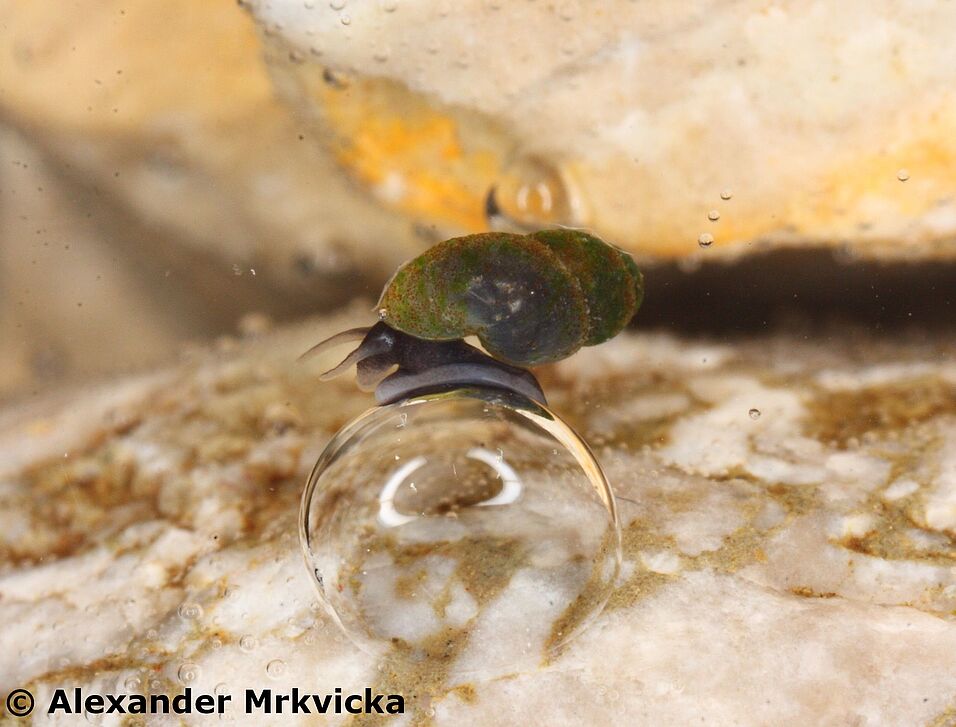MSc Student (Adv. Luise Kruckenhauser)
Unit for Integrative Zoology, Department of Evolutionary Biology, University of Vienna
and
Department Central Research Laboratories, Natural History Museum, Vienna
Abstract
Hannah C. SCHUBERT, BSc, Mag. Anita ESCHNER, Dr. Michael DUDA & PD Dr. Luise KRUCKENHAUSER
The Kalkalpen National Park is situated in Upper Austria and contains more than 800 springs. The international importance of this park is, from the perspective of nature conservation directives, highly significant (European nature reserve Natura 2000, recognized wetland of the Ramsar convention).
In the current study the hydrobioid fauna (‘spring snails’) of the Kalkalpen National Park was evaluated. These tiny snails are difficult to determine, however, their investigation is especially desirable, as several species are threatened and as they are important for water quality assessment. The snails of 39 selected springs were examined with classical methods (shell morphology and genital anatomy) and DNA barcodes.
It could be shown that in some springs of the Kalkalpen National Park rare hydrobioids, which are also particularly worthy of protection due to their endemic status, occur in varying frequencies. The species Bythinella conica, Hauffenia kerschneri, Hauffenia wienerwaldensis and Belgrandiella aulaei could be clearly identified. DNA barcodes for 109 specimens were generated and could be compared with already existing DNA sequences. For Bythiospeum nocki, there are only empty shell records despite the ambitious collecting effort. The present study gives a good baseline for further monitoring of the hydrobioids in the Kalkalpen National Park.

